New offer! Enroll in Fundamentals of UX Writing, get our new Error Messages video course FREE.

Once upon a time, ye virtuous content scribe hath to ideate and streamline the organizational dialect and hack through the balderdash to pioneer the daisy voice, all abbiselfa.
If you’re wondering what you’ve just read, it’s a 28-words compilation of several voices (old and new). For the actual meaning of the words, particularly the last half, here’s a quick hint: old west.
How many voices did you recognize? Which one did you like best (if any)? Would you use any of them for your product voice? And, most of all, where am I going with this?
Luckily, I’ve got the answer for the last question: I’m dipping my toes in the voice creation process.
So what’s in a voice?
UX writers deal with this concept throughout their career, documents and presentations. It stands at the foundation of any content we design and smack in the middle of any product design meeting table. And while it’s essential for our work, a product’s voice is equally elusive in terms of how we craft it.
Voice is the expression of a product’s personality, which means it’s a big part of how the public (customers or non-customers) will remember and classify it. As the saying goes, people will remember you for how you made them feel, and the voice which welcomed, guided and entertained them throughout the user experience has a big stake in that outcome. No pressure, right?
Where does voice creation start?
You may have heard this one before and that’s because it’s eternally true: voice creation starts with your users. Before you talk, you have to listen.
Product voice definition revolves around a 3-item equation: who (are we), what (do we say) and how (do we say it).
And the race begins with defining who. In this particular case, “who” we are is actually highly dependent on “who” our users, readers, people are. There are several methods to analyze the people you want to interact with – demographics, segmentation, behavioral and consumption patterns, affinities, to name just a few. But you can also start with a simpler exercise: remember the time when you went alone to a party, a conference or a new workplace and how you consciously (or unconsciously) analyzed people in the room.
This might sound like an introvert’s approach to socializing, but it’s likely that we all observe some particularities: how people were dressed (demographics), how they were grouped in conversations (segmentation), who spoke loudly or kept a mysterious smile (behavioral), who sampled all the snacks (consumption) and who cheered or booed (affinities).
Try applying a similar analysis to people for whom your product is intended and to people who are already using similar (competition) products. At the end of the process you should have a couple of things to say about them—common traits which eventually build up your user persona for product voice.
So now you know “who” your users are, but what’s that got to do with “who” we are? No worries, we’re almost there. Next step: reverse the mirror and apply a generous layer of empathy foundation.
Empathy is a vital trait for anyone creating in the UX space and even more so for UX writers. It’s ranked high up there, at the top spot, fighting for supremacy with Creativity. “Thank you for getting in touch”, “Fancy some cookies?”, “I can help”, “Sorry to see you go” and “Wait, I have a tooltip for that” are key phrases to identify the UX person at a party.
Once the user personas are drawn up, the next step is to imagine talking to these people at the conference, party or office. Would you break the ice with a witty joke? Bring on the sunshine with a fine compliment? Maybe introduce yourself over a bowl of peanuts? Or try to catch their attention with a loud “Hi, let’s get you signed up now”?
Last, but definitely not least: how would you like to be approached if you were in their shoes (and they would miraculously fit)?
Depending on your purpose (curiosity, friendship, professional gains, selfie) you’d clearly pick the voice (confident, welcoming, formal, excited, shy) that you think will put you in the winning spotlight. But “what” will you say?
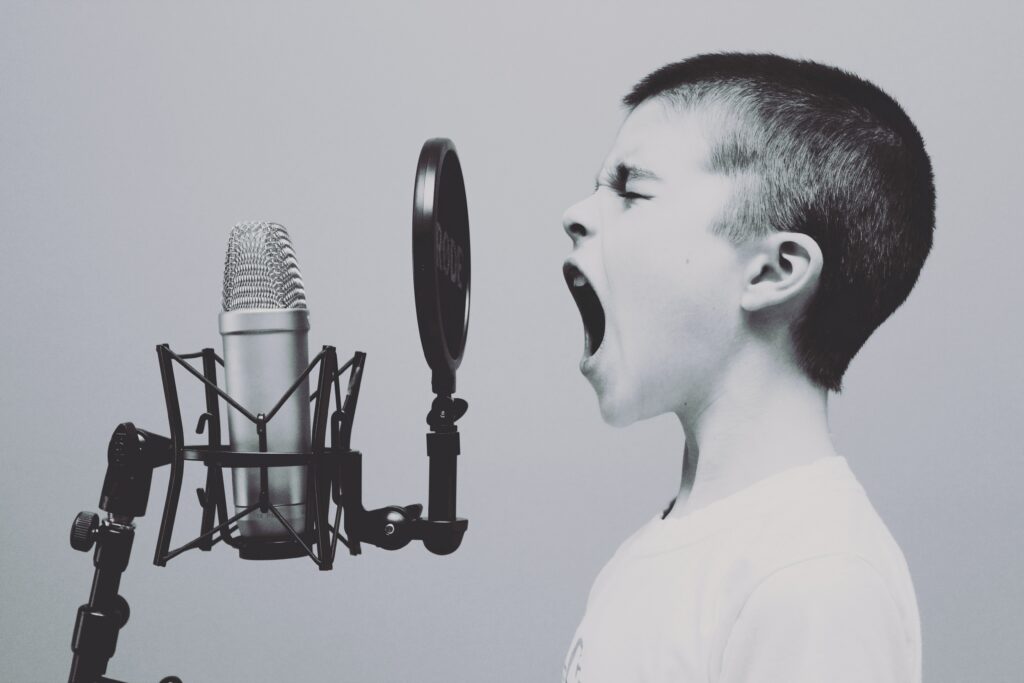
I have a dream voice. What say thou with it?
Ok, so you profiled your person of interest at the party and you figured how you should sound as you make your entrance. As you’re confidently walking over, minted breath and posture aligned, you start thinking about what you’ll say.
Let’s freeze the image there for a bit and reopen the persona files. You’ve already analyzed the immediate, visible cues: clothes, preferences, habits, social interests. It’s time to move the lens on the deeper, internal characteristics of that person.
What mood are they in? Why are they at the party? Did they just ask for another coffee or for a cab? Where are they coming from and where does it look they’re going? Are they enjoying the jokes or are they waiting for a good ol’ foreign policy debate? Are they talking in eloquent metaphors or casually dropping words mothers never want to hear?
All these questions give you important hints about the moment a person is in, the needs and goals driving them and the type of interaction they’re looking for.
When writing UI copy or creating a new chatbot, the answers you research for questions such as these will help steer the pencil or laptop keys in the right direction. Once again, empathy is key as you respectfully dig into the personality of your product users. Keep switching places with them and imagine your reactions to various approaches.
Past experiences are also invaluable in this exercise.
Here’s an incomplete list of ordinary life events that can shape how and what your product voice says.
Using your own experiences and remembering how it felt (positives and negatives, for you or others) and how you achieved (or not) what you needed, is invaluable when grabbing the UX writer pencil*. These memories will tell you how people expect to be treated and supported in various circumstances, which is just what a UX writer is aiming for. And, depending on the type of memory (good, meh, bad), you’ll also know how to improve or completely rethink similar experiences for your product users.
*yes, I highlighted “pencil” here because although I could’ve written “pen”, “ballpoint”, “marker” I didn’t. I chose pencil for a simple reason—it can be erased. Which is another key trait of UX writing—it’s dynamic. It’s meant to always refresh and improve as you research, observe and, ultimately, care more about people interacting with your product.
Just like in real life, our opening lines or first impressions aren’t always Oscar-material. But we learn and finetune.
Awesome, we covered the “who” (we & they are) and the “what” (we say to each other). And although the “how” (we say it) was also suggested throughout this story, let’s focus a bit on this last component.
How do you do?
Going back to our scenario at the party, we have a mental outline of the personality and intentions of the person we’re trying to connect with. We also know a bit about ourselves, who we are and what we stand to offer. So how do we “wrap” these insights to make our interaction stand out in the busy scene, by making it interesting and welcomed by our conversation partner? We have the substance, just need to make it fly with the right form.
A lot of people and brands talk about being unique as the ultimate goal. That’s because being unique is often associated with being memorable. And that’s true in plenty of cases, although not always for the right reasons.
I tend to steer away from the goal of creating a unique product voice, because it’s intimidating, hard to evaluate (so improbable to achieve) and not always practical. With 7B people and approximately 190M companies in the world, uniqueness is defined by shades of repeatable traits. And you can definitely be memorable and partner-able without being 100% unique. What you do need, though, is to be relatable.
So how do you make your voice at the party relatable? By creating positive associations. This is where general knowledge (experienced or accumulated from a distance) can really make your voice pop.
Here are a few examples of what I explore when searching for a product voice for certain audiences:
Keep in mind these are just a handful of examples. Each of them can be reinterpreted or replaced altogether, based on your audience persona, your product and your very own style to create product voice.
Long story, make it short.
The same request or information can be passed along in a million ways. And each way triggers a reaction. Afterall, each UI copy is pretty much a microinteraction. You can ask users for cookies consent, invite to sign up or encourage to perform a search (common, seemingly uninteresting actions) with a basically endless number of voices.
Let’s look at some examples. While you do, think about how or what they make you feel. What kind of audience would most appreciate their product voice? How would you rewrite to make them better for yourself, a coworker, one of your friends or a kid?
Search bar hint texts


![]()

Account login


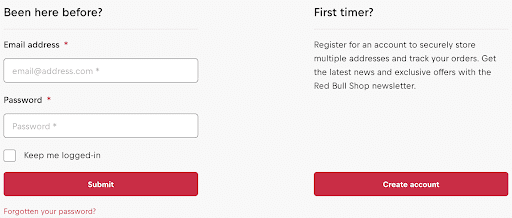
Cookies consent messages

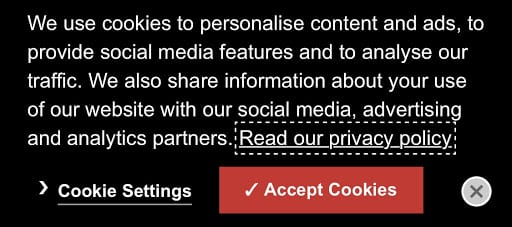
![]()
In-app messages
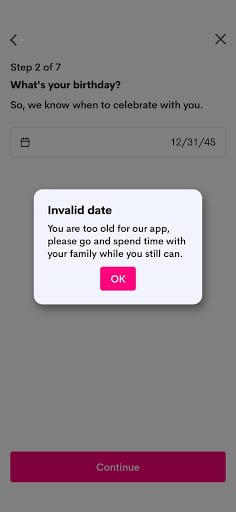
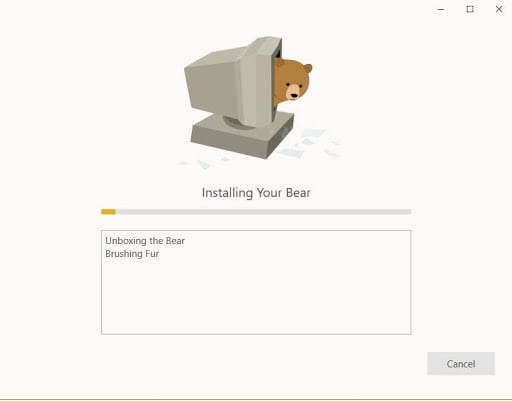
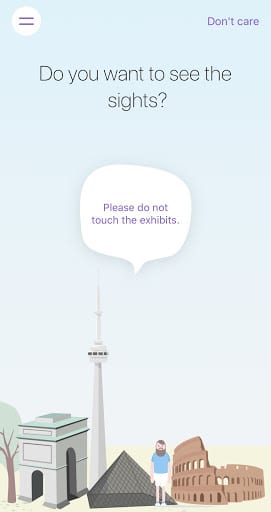
UX writing is an exercise in empathy, imagination and often unconscious connections with things you’ve seen, heard or experienced sometime, somewhere, somehow. As Dickens said, “ it was the best of times, it was the worst of times, it was the age of wisdom, it was the age of foolishness.”
When creating and designing product voice, remember the handful of things everybody appreciates: respect, natural speech and kindness.
Adina is a UX writer and copywriter. You can connect with her on LinkedIn.
Over 125 content designers reveal how they use language models, their thoughts on the future of the industry, and more…
We’ll also send you news, discounts, job listings, and more
